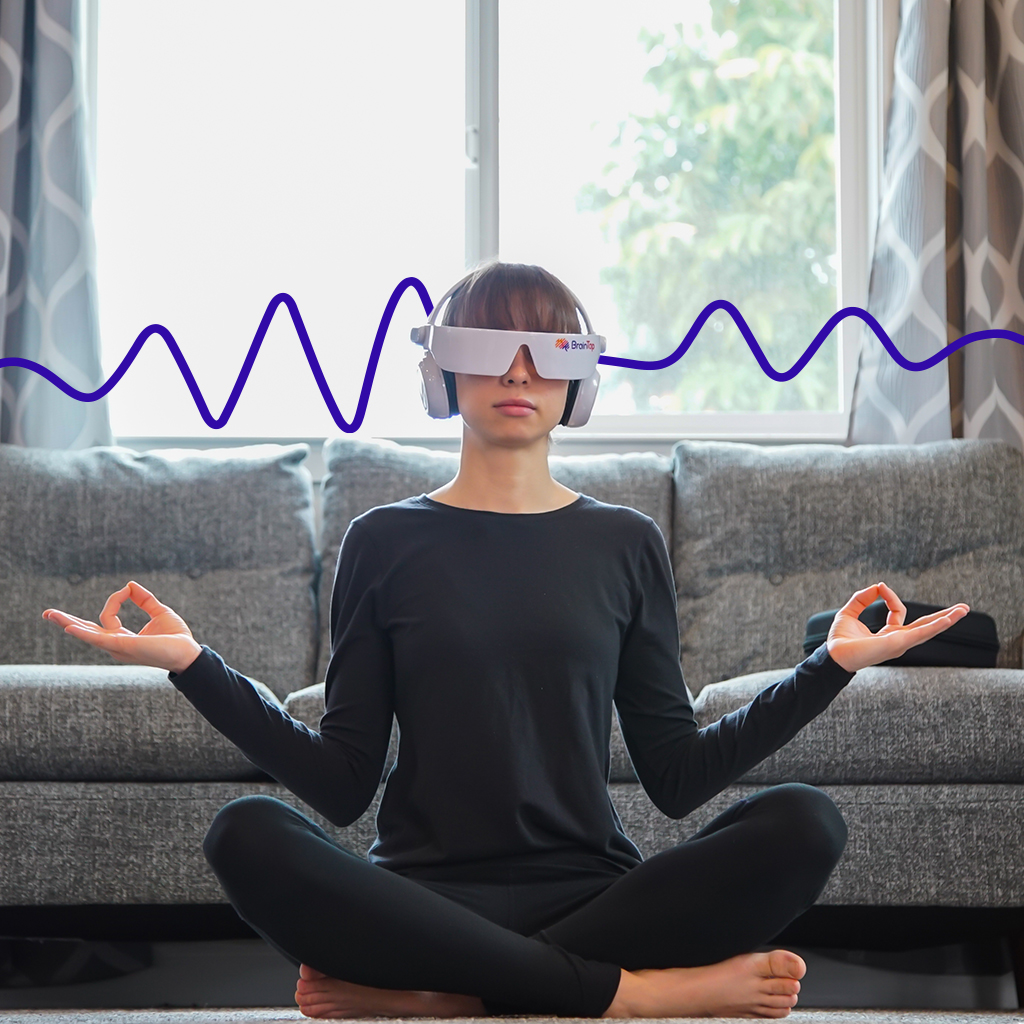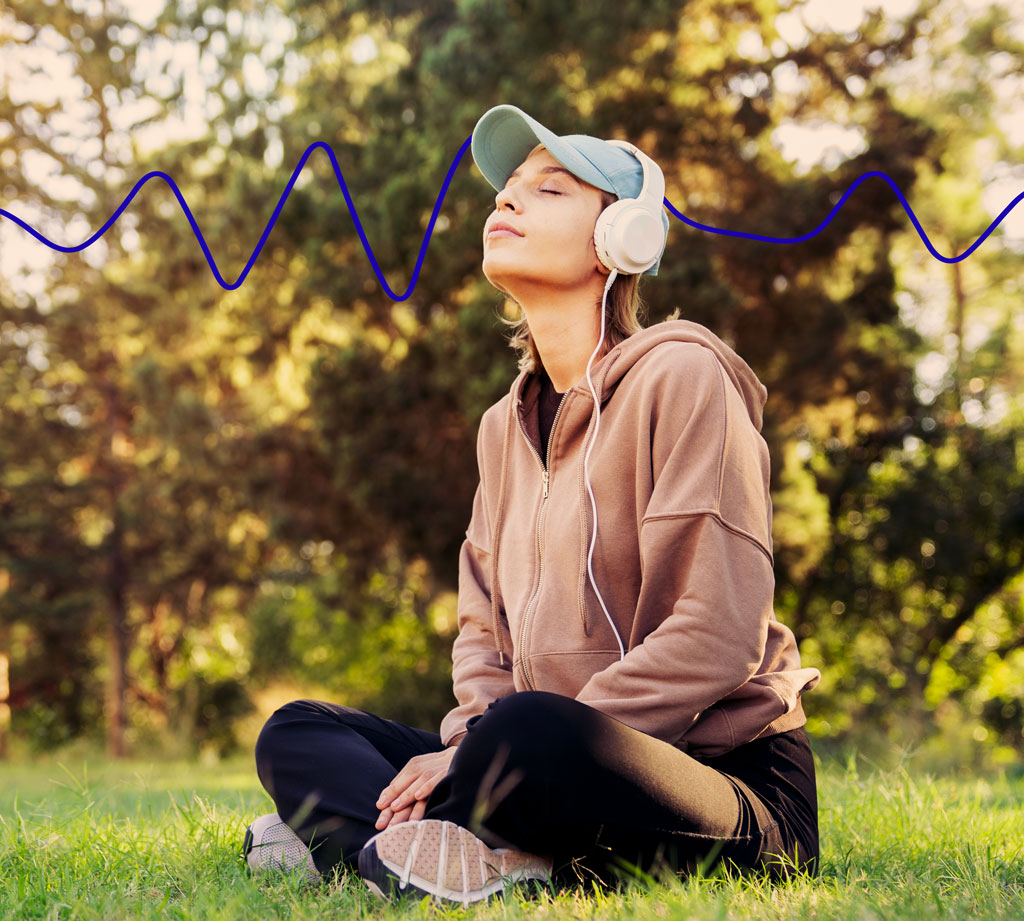Supercharge Your Brain in 7 Minutes: 14 Quick Power-Ups

Have you ever hit a mental slump right before a big meeting or while trying to study for an exam? Maybe you’ve found yourself staring blankly at your screen, willing your brain to focus. What if you could give your brain a powerful reboot—in just seven minutes? Sounds too good to be true, but with the right strategies, it’s absolutely possible.
The Power of Music Therapy and Brain Fitness – A Holistic Approach to Treating Depression

Music has a profound ability to reach deep into our emotions and alter our mental state. Recent research highlighted by Medical News Today underscores the effectiveness of music therapy, particularly for those dealing with treatment-resistant depression. A key discovery in this research is that the success of music therapy heavily depends on a crucial factor: personal enjoyment.
Practice Mindful Parenting with Your Children Using BrainTap

Imagine helping your child manage their emotions, improve focus, and manage stress—all while having fun. It may sound too good to be true, but mindfulness makes this possible. For parents looking to build lifelong mental wellness habits in their children, mindfulness for kids is a game-changing tool that fosters emotional regulation, self-awareness, and balance.
Quick & Powerful: A 15-Minute-Deep Relaxation Meditation

In our rapidly changing society, managing stress has almost become a part of our daily routine. Between work, family, personal responsibilities, and the digital noise that fills every moment, finding time to truly relax and reset can seem impossible. However, BrainTap, a revolutionary brain fitness technology, is changing that narrative with its Quick & Powerful 15-Minute Deep Relaxation Meditation. These sessions are short yet effective. And they open up a doorway to deep mental clarity, stress management, and renewed energy — all in less time than it takes to watch a TV episode.
Sleep Better Tonight: Easy Relaxation Techniques with BrainTap

In our high-paced, hyper-connected world, good sleep is often treated as a luxury instead of a necessity. Yet, quality sleep is fundamental to mental clarity, physical health, emotional stability, and peak performance. Unfortunately, millions struggle with falling or staying asleep due to unmanaged stress, screen time, racing thoughts, or inconsistent routines.
Busy Life? Unwind and Relax Deeply with BrainTap

In a world filled with endless to-do lists, constant notifications, hustle culture, and demanding schedules, unmanaged stress has become like that relative of yours who isn’t invited but shows up at your doorstep anyway. Whether you’re juggling work, family, or personal growth, the pressure can feel overwhelming. However, there is a simple yet powerful solution to help you find calm and clarity—meditation.
A Blueprint for Happiness: The Science of Personal Growth

Personal growth is an ongoing journey of self-improvement, learning, and resilience. It involves cultivating habits, mindset shifts, and behaviours that enhance overall well-being and happiness. While the idea of self-betterment has existed for centuries, modern psychology—particularly the field of positive psychology—provides actionable insights into what truly nurtures happiness and fulfilment.
Women & Mindfulness: Cultivating Daily Practices for a Stronger Mind with BrainTap

In today’s fast-paced world, women juggle with multiple responsibilities—careers, family, personal growth, and well-being often leading to stress, anxiety, and even burnout. This Women’s Day, prioritize self-care and mental wellness through mindfulness. BrainTap, offers effective strategies to help all women, including you, to cultivate mindfulness, manage stress, and improve overall well-being.
Trouble Sleeping? Try guided meditation for deep and relaxing sleep.

Sleep is crucial for overall health, yet many struggle with stress, digital distractions, and irregular schedules. Quality of sleep matters more than the number of hours you sleep. If you find yourself tossing and turning at night, guided meditation can help calm the mind and promote better sleep by easing the transition to better sleep.
The Power of Meditation and Technology in Sobriety

Recovery is a deeply personal journey of growth and transformation, one that holds special meaning for me due to my father’s struggle and recovery from alcohol addiction. To support others on this path, we’re pleased to share with you a guest blog from the creators of LOOSID, a sobriety-focused app, exploring the synergy between meditation and recovery.

